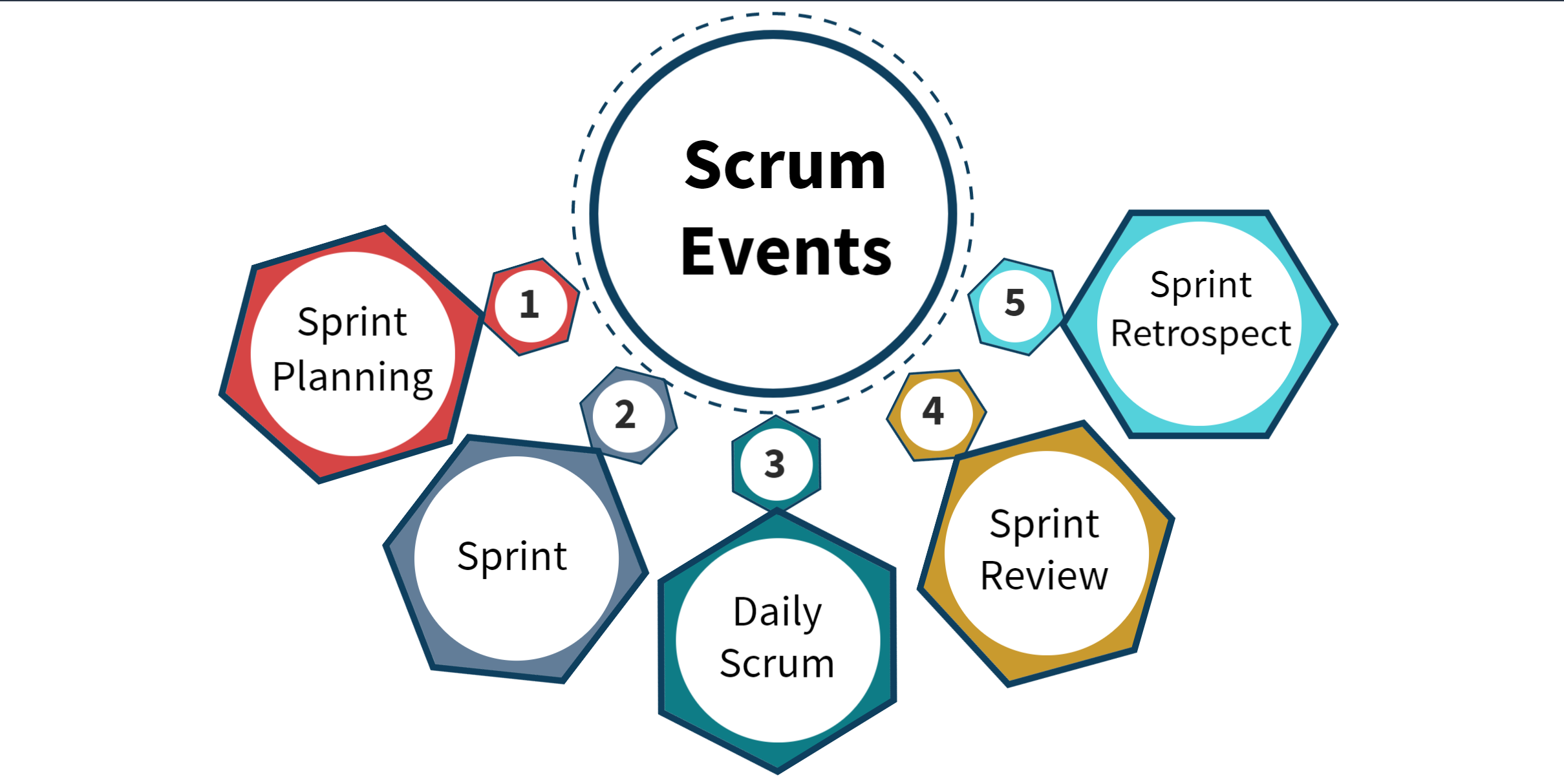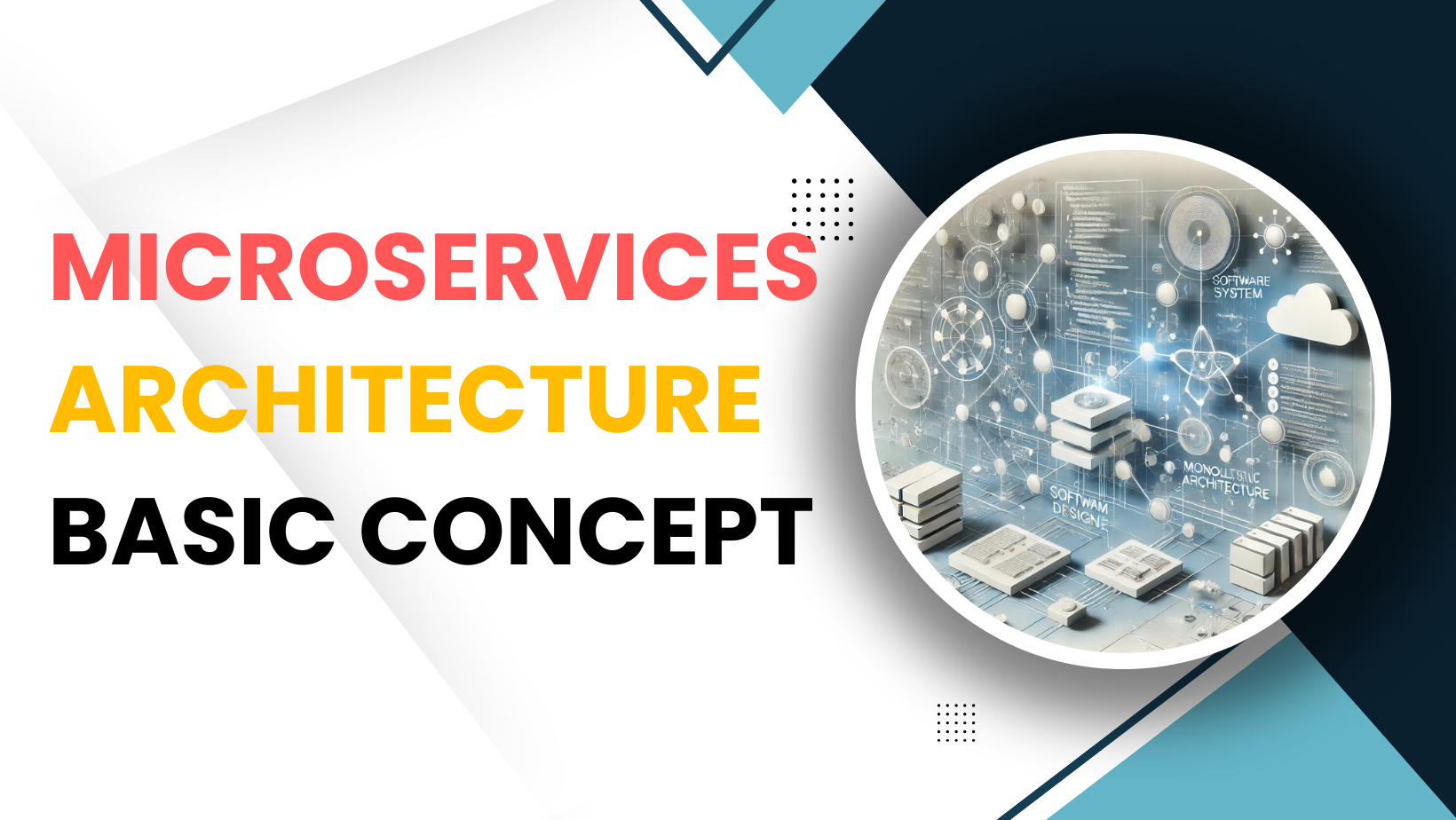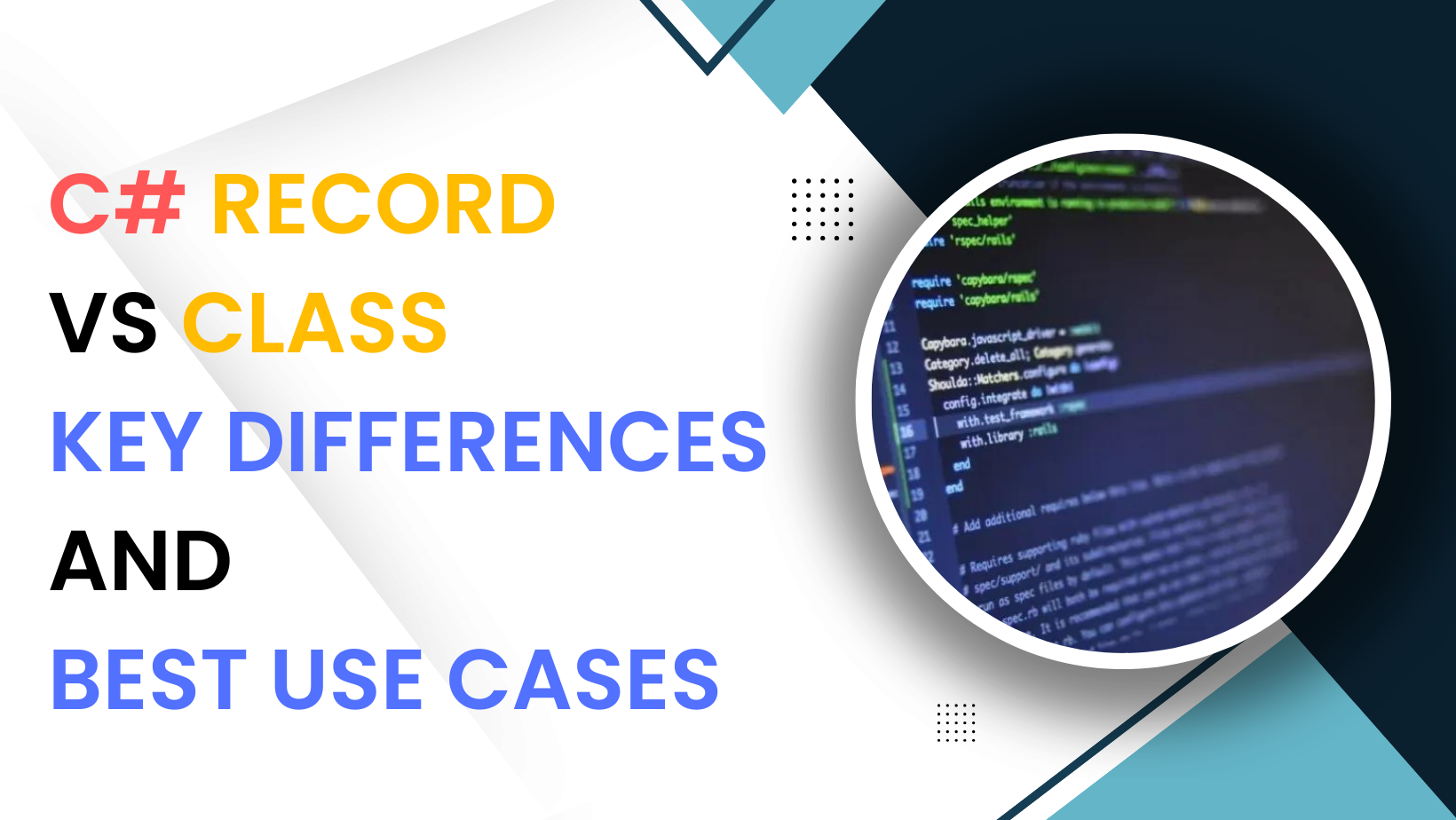Core Agile Scrum - Events - Part II
The scrum process framework can be visualized through a sequence of events and corresponding artifacts. Scrum events are limited time events. That means, in a project, each scrum event has a predefined maximum duration. The progress of the project is transparency for everyone involved in the project through these events.
Daily Scrum
Duration: no more than 15 minutes
Participants:
- Dev team
- Product Owner (optional)
- Scrum Master (optional. only required when lack of agile knowledge team)
Activities:
- Dev team report status with 3 questions:
- What were able to get done in last meeting?
- What are planning to done in this meeting?
- Have any blocks? => some one has the blocks
- Scrum Master will ask team member to resolve them
- Anyone in dev team can start daily meeting
- If discussion take long time, it should take place immediately after daily meeting in a follow-up meeting
- Not necessary to to have managers or others in manager position to attend this meeting
Goal:
- Check status inside team
- This is not status meeting in which team members give status to Scrum Master. This is to only discuss the progress towards the sprint goal and blocks if there are any
Product Backlog Refinement
Duration: no more than 10% of capacity
Participants:
- Dev team
- Product Owner
- Scrum Master
Activities:
- Dissociate requirement details
- Divide the big items to small
- Create estimation for new items
- Re-estimation for previous items in previous sprint
- Begin from second sprint
Goal:
- Definition of ready of items
- Make sure the blacklog is big
- Re-estimation US
- Discuss technical
- Re-prioritize the items
- Update US with new details
Spring Planning Part One
Duration: no more than one hours per week of a sprint
Participants:
- Dev team
- Product Owner
- Scrum Master
Activities:
- Review high-priority items in Product Backlog that PO want to develop
- PO explain content and goal items to dev team
- Review definition of done of all items
- Down-priority with unclear items
Goal:
- Understanding all acceptance criteria
- Understanding what PO wants
Spring Planning Part Two
Duration: no more than one hours per week of sprint
Participants:
- Dev team
- Product Owner (optional)
- Scrum Master
Activities:
- Discussion how to implement the clear items (focus highest priority)
- Dev team can select lower items with in consultation with PO
- Can create spike task with items that team doesn’t have solution
- Decides how much work it can complete in a Sprint rather than somebody assigning the tasks
- PO may be attend to answers the questions of dev team
Goal:
- How to implement the items that the team decides to work on
- Create enough Sprint Backlog
- Items that dev team can do in first several days of the sprint
- Ensure the commitment to PO (This is very important)
Sprint Retrospective
Duration: no more than 45 minutes per week of sprint
Participants:
- Dev team
- Product Owner (optional)
- Scrum Master
Activities:
- All team members focus answer 3 questions:
- What did go well?
- What was need to improve?
- What are the action items that will do in next sprint?
- Scrum Master will support team answer the 3 above questions
Goal:
Identify the improvement issues with respect to the processes
Review
Duration: no more than one hour per week of a sprint
Participants:
- Dev team
- Product Owner
- Scrum Master
- Stakeholder (optional)
Activities:
- Dev team will give commitment to PO
- PO review and give feedback
- PO learn what is going on the product with team
- Anyone in dev team can host this meeting
Goal:
- PO understand what is going on at the development perspective
- Dev team understand what is going on with the PO and the business perspective





